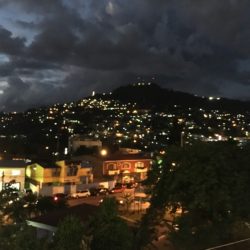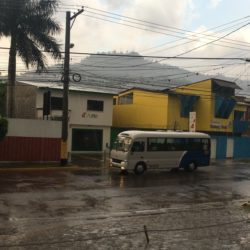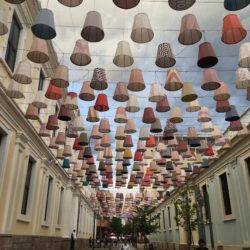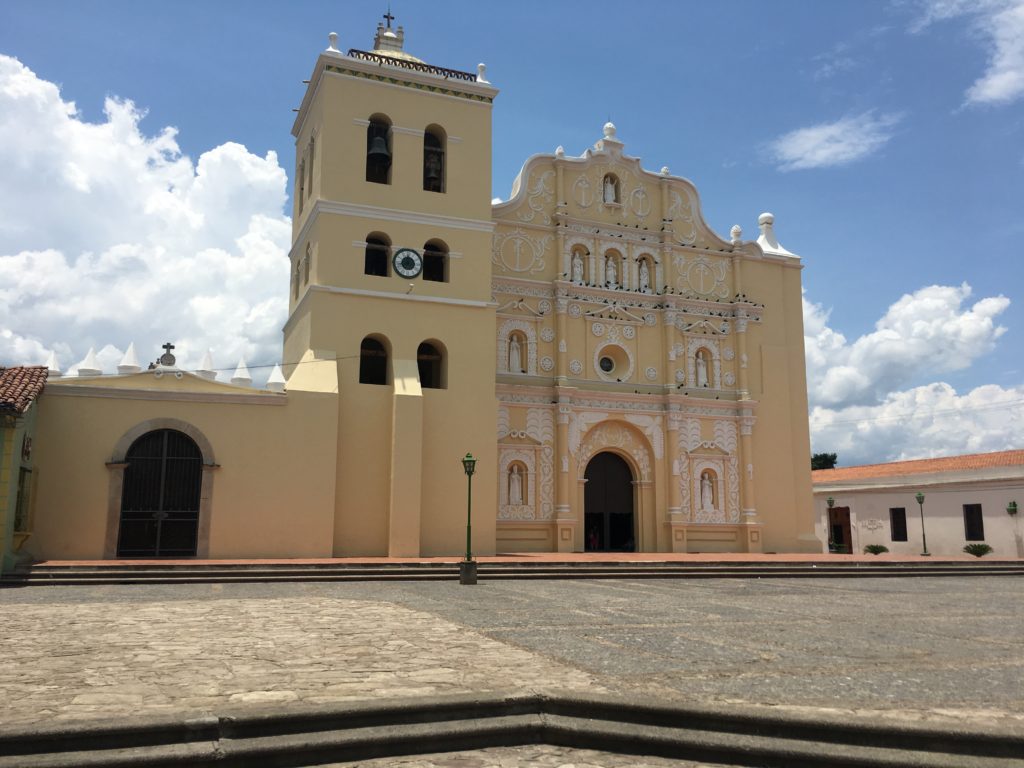
Long before Tegucigalpa was declared the permanent capital of Honduras in 1880, Comayagua served as the center of government starting in 1540, three years after the city’s founding. The Lenca, the largest indigenous group remaining in Honduras, had lived in the area until the Spanish arrived and built this colonial outpost. When Honduras became an independent nation in 1838, the conservatives favored retaining Comayagua as the new country’s capital; the liberals advocated for all operations to move to Tegucigalpa, just 80km to the southeast. A compromise was reached to alternate the designation between the two cities, and this continued until 1880 when the status flip-flopped to Tegucigalpa for the last time.
Over the years, Tegucigalpa has attempted to modernize, but traveling to Comayagua is like quantum-leaping back into Colonial times. The historic center in particular has been well preserved and other than the free WiFi in the Parque Central, you won’t find a skyline punctuated with steel and glass.
Buses run very frequently between the present and former capitals; the ride takes little more than 90 minutes if traffic is on your side. There isn’t a central bus station in Tegucigalpa, so you will have to figure out which private bus company you would like to use and go directly to their base of operations; most are located in Tegucigalpa’s sister city across the river, Comayagüela. This is one time you should consider taking a taxi, as Comayagüela is known for being the crime-riddled part of town. Although it definitely felt a little seedier than Tegus proper, I admittedly never felt unsafe during the daylight hours while I waited for the bus.
Most of the bus companies are in a 10 block radius of each other. The first place I tried didn’t have routes to Comayagua on the weekend, but everyone on the street was quick to point me in the direction of Carolina, El Rey Express and La Sultana, all of which make daily trips to Comayagua. I settled on La Sultana, and for L60 ($2.50 USD) I had one-way ticket on the 8:30 bus.
After finding a seat on the bus, I experienced the pre-ride procession of vendors selling drinks, snacks, sunglasses, books, headphones, cellphones- basically anything you could want for the journey- before the bus departed. There must have been over a dozen people that got on and off the bus making the rounds before we took off. Even along the route, we would often be boarded by a seller at one end of a town, after which he or she would work the aisle before hopping off at the opposite city limit.
La Sultana’s coach bus was pretty old and slowed to a creeping pace when trying to get up over a hill. There were times I was worried we might have to get out and give a big push to get over a hump or two! Worse, the bus didn’t drop us off at the new Comayagua bus terminal just north of the historic center, but rather at the old southern drop-off point on the outskirts of the city. The walk was a little brutal on a hot 90 degree day, but the heat was not about to slow this city down.
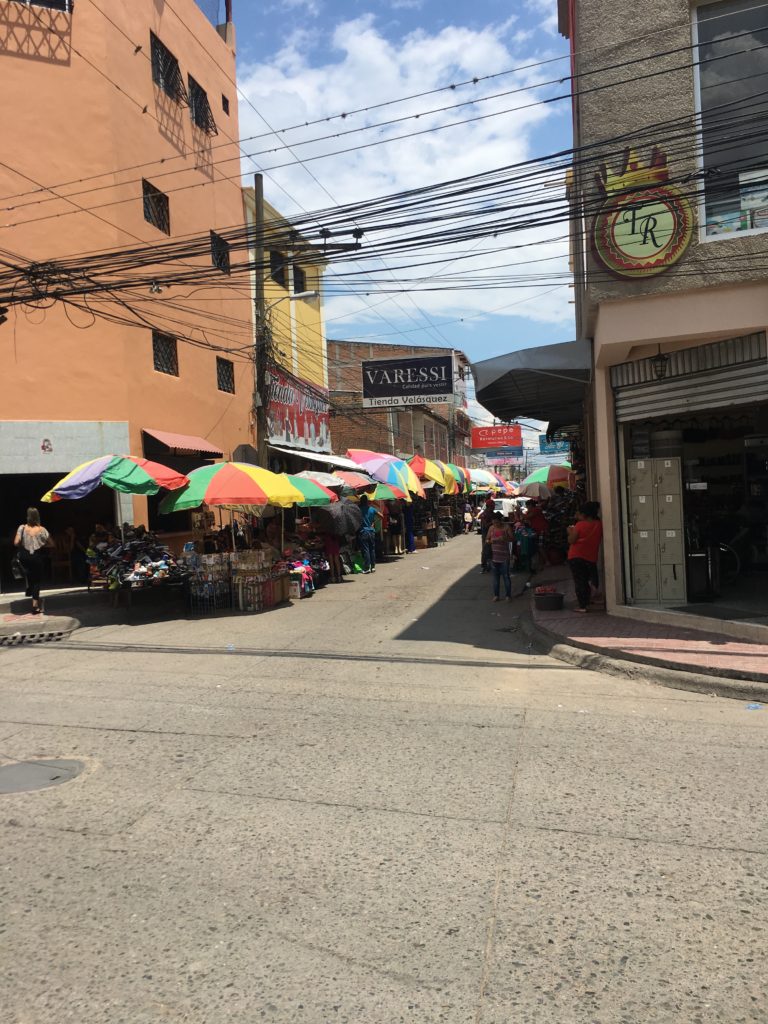
Comayagua may have an overall low-key vibe, but the street markets, with their colorful umbrellas and animated sellers, saw plenty of action. All of the main arteries in the southern half of the city looked like the picture above and you could easily get lost for an hour checking out the bargain merchandise.
I made my way to Parque Central, the central square of the historic district. People filled the benches lining the square, relaxing on a Saturday morning as music played over a loudspeaker.
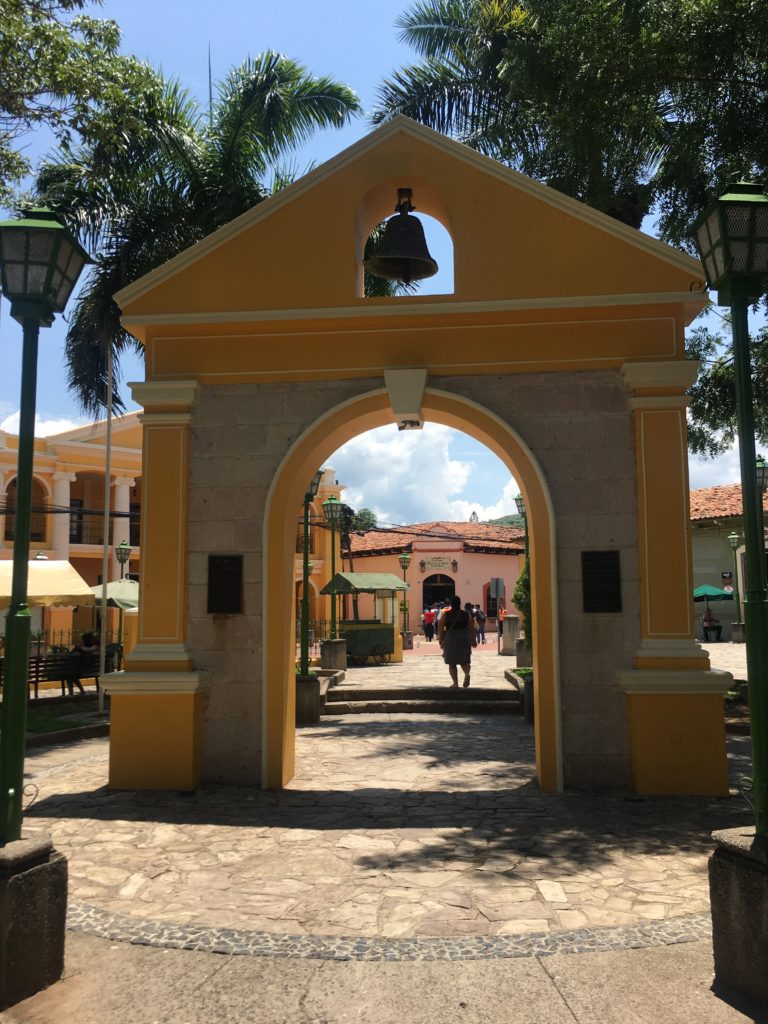
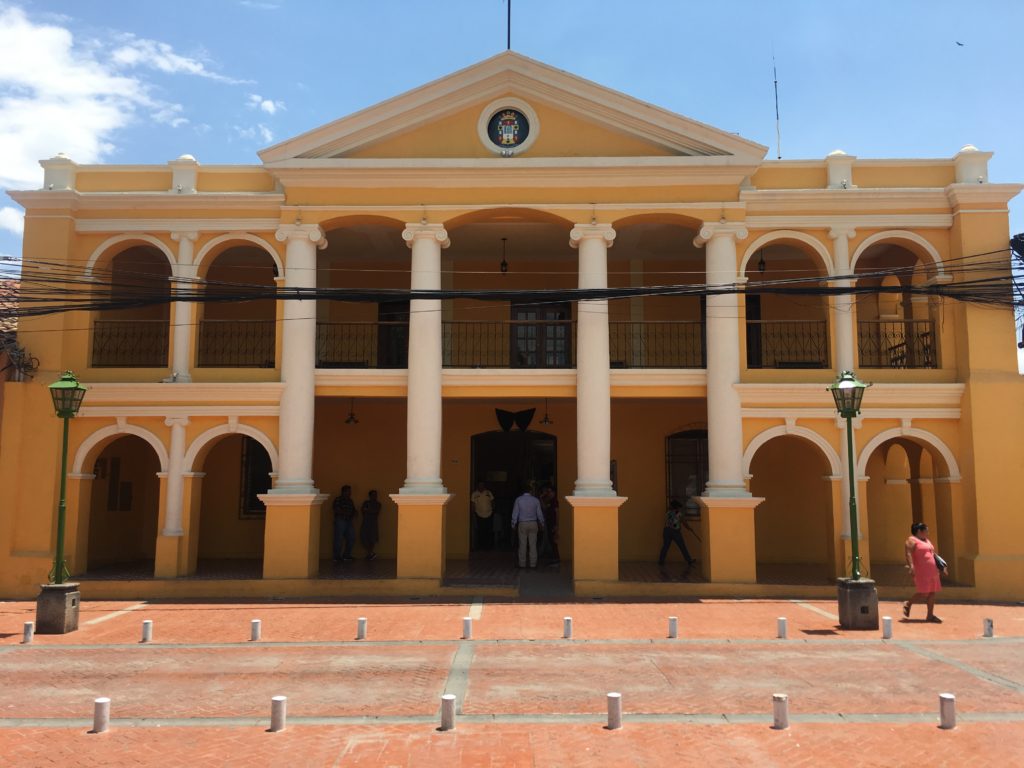
Towering over the Parque Central is the Catedral de la Imaculada Concepción (Cathedral of the Immaculate Conception), sometimes simply referred to as Catedral de Comayagua. Construction took decades to complete and was finally officially blessed by the Catholic Church in 1715. The bell tower is locked, but if you ask one of the church staff to open it, they’ll let you climb up for L15.
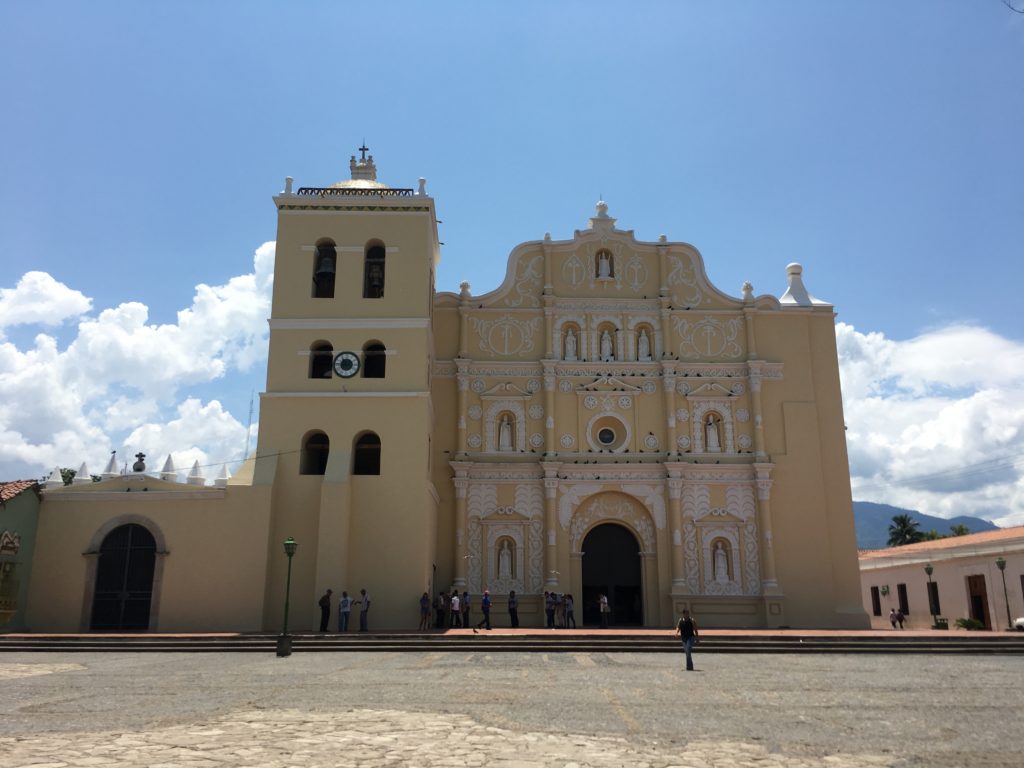
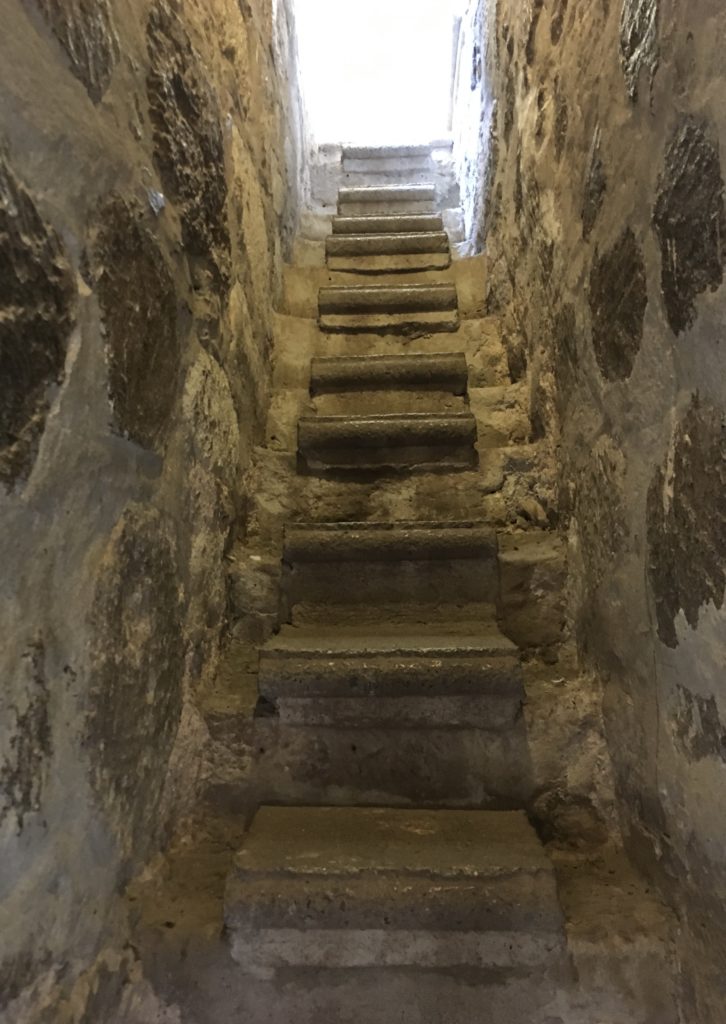
Other than the spectacular views of Comayagua at the top of the tower, the other reason to exert the effort is to check out the tower’s clock built it 1100AD, making it the oldest working clock in the Americas. The clock is constantly monitored and calibrated, setting off the bells every 15 minutes. On the tower’s second landing, you can observe a clock master work his magic.
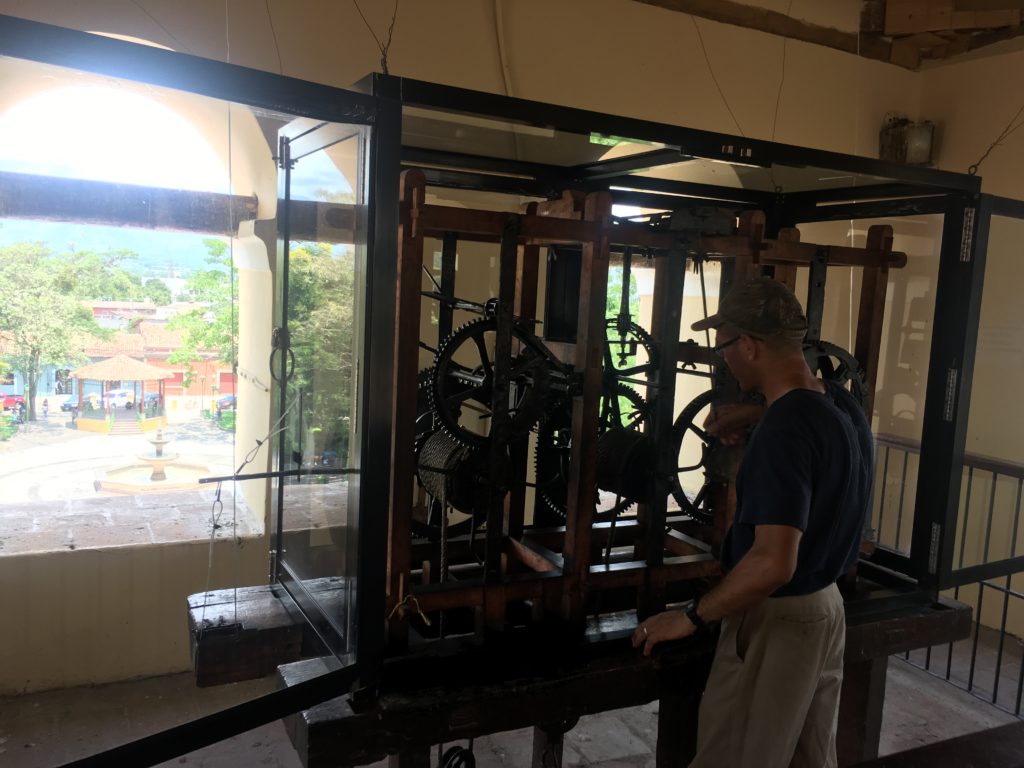
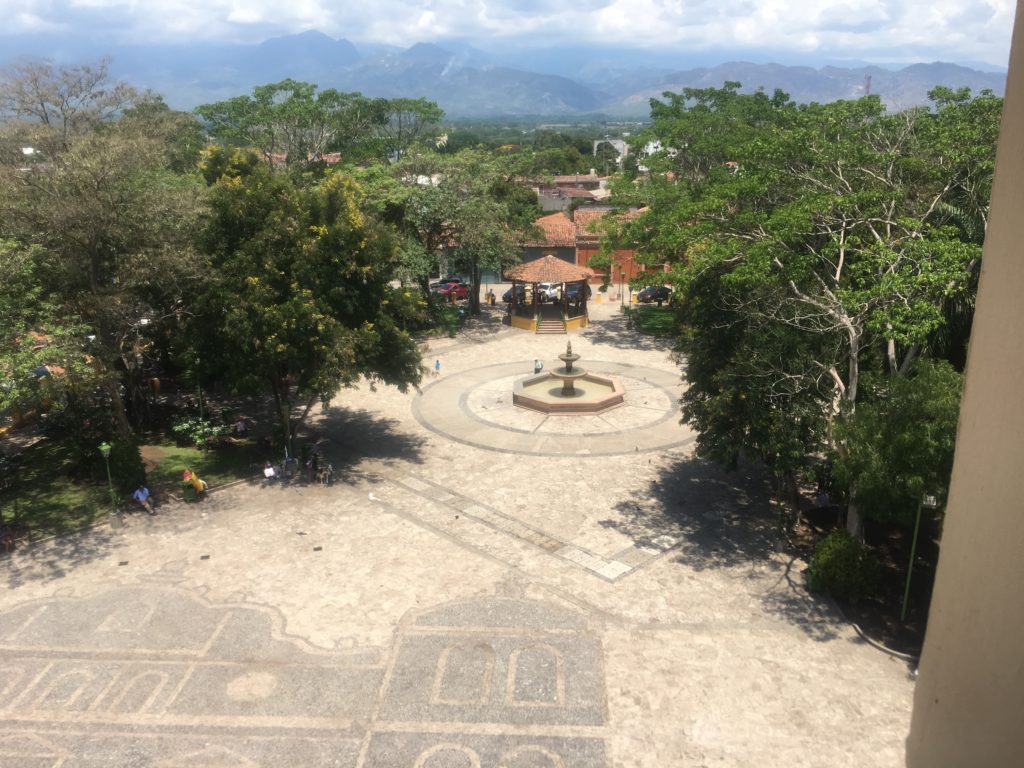
The Galería Nacional de Arte was briefly relocated from Tegucigalpa to Comayagua at the Caxa Real (Royal Exchange), just a few blocks from the Parque Central. The museum has since moved back to the capital, but the lovely Caxa Real, recently restored after building suffered fire damage, is still worth a quick pop-in for the well-kept garden.
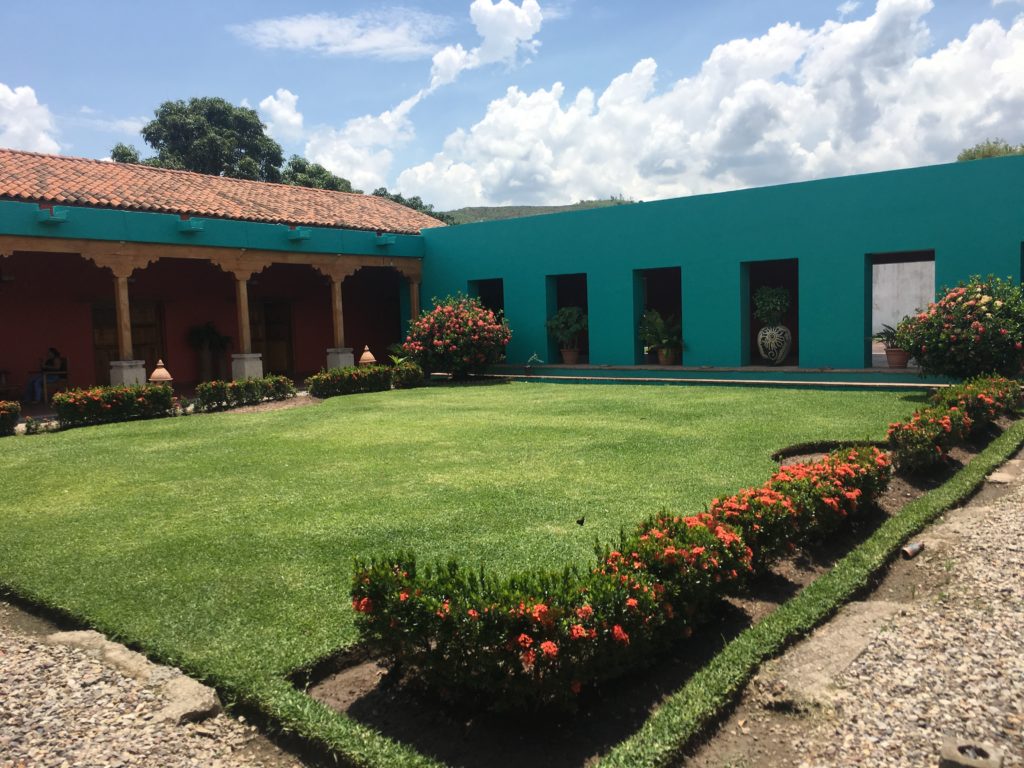
I took a gamble on two museums in the area, The Instituto Hondureño de Antropologia y Historia and the Museo de Arte Religioso, and enjoyed each immensely due to the guides I was paired up with at each location. None of the text at either museum was in English, so the ticket taker attempted to find someone to guide me through the exhibits, which created a fun challenge as the guides only spoke Spanish as well! A language barrier is no match for an enthusiastic museum worker though; my Spanish grew by leaps and bounds in these immersive situations to boot!
The Instituto Hondureño de Antropologia y Historia, which is housed in a former presidential resisdence, showcased Lencan artifacts uncovered in Comayagua, as well as items from Colonial Times. I especially enjoyed the collection of festival costumes that are still worn on holidays in the city.
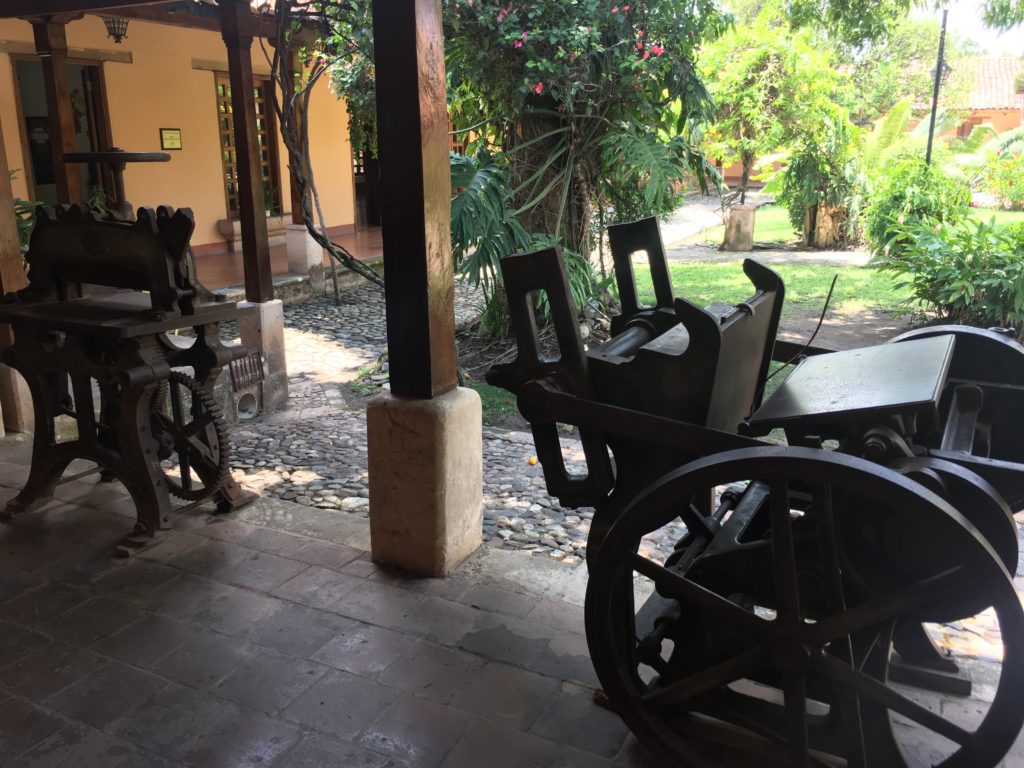
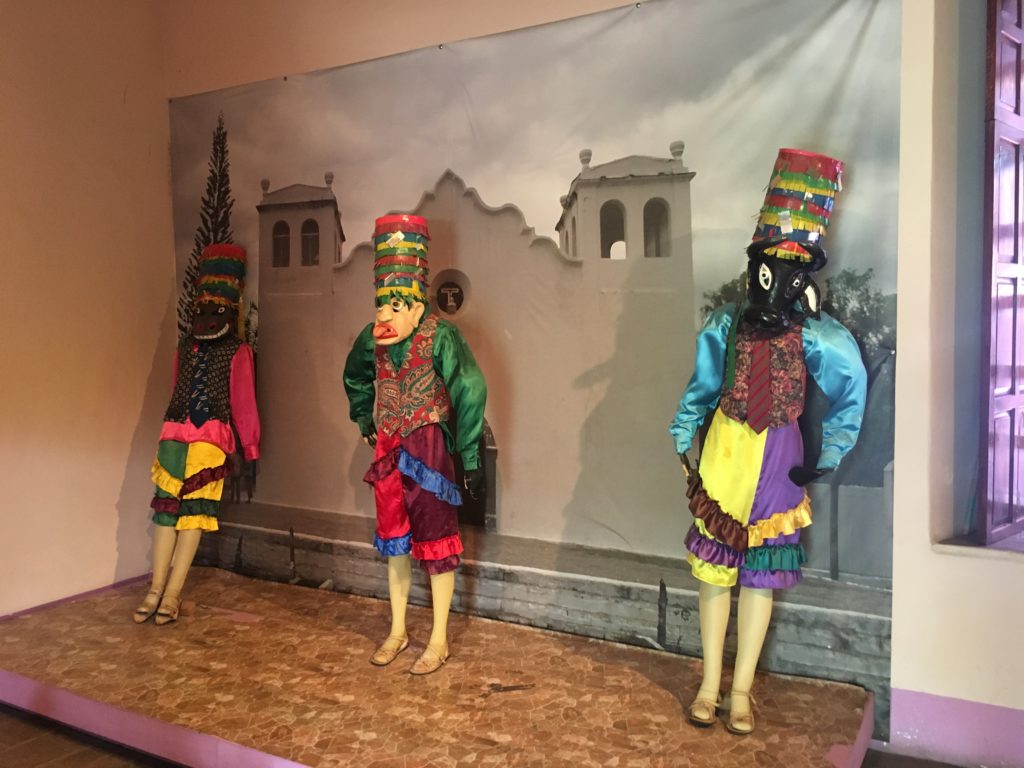
I guarantee you that I never would have guessed that the best time I had was at a religious art museum, but that’s the truth! Two young women were my guides, and with only the occasional cheat from google translate they relayed a fascinating history of Catholic art in Honduras. I keep finding that travel is all about taking chances and stepping out of my comfort zone. Had the museum not offered a guide, I probably would have been in and out in 5-10 minutes, but connecting with two strangers across cultures and languages ended up creating a cherished memory that I never would have experienced had I let a name like “Museo de Art Religioso” scare me away.
Even on an uncomfortably warm afternoon, locales weren’t detered from noshing on a cappuccino and pastry, and who was I not to follow suit? I found the delightful bakery “Coffee and Cakes” a few blocks from the Cathedral and treated myself to a decadent dulce de leche dessert.
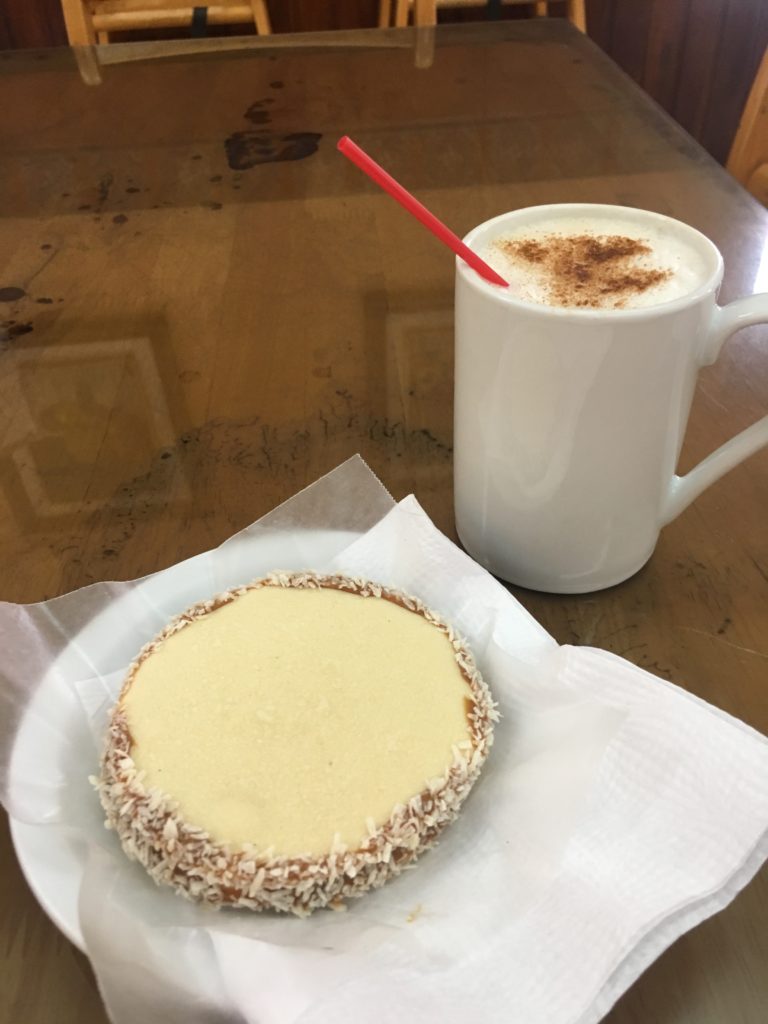
When I was ready to return to Tegucigalpa I knew I didn’t want to take La Sultana back to the city. I tried my luck instead at the new North Bus Station and found a fleet of rapiditos (mini-buses) heading off to all points around the country. I hopped on a rapidito marked for the capital and in five minutes I was whisked away at a much faster clip than La Sultana’s large coach that brought me to Comayagua. I wish I had known that travel by rapidito was an option earlier, as not only is it cheaper, but the ride is more comfortable and it shaved fifteen minutes off the travel time.
I didn’t need to spend anymore than the one day in Comayagua, but when Honduras offered me two capitals for the price of one, I owed it to myself to see what the former seat of government was all about.
